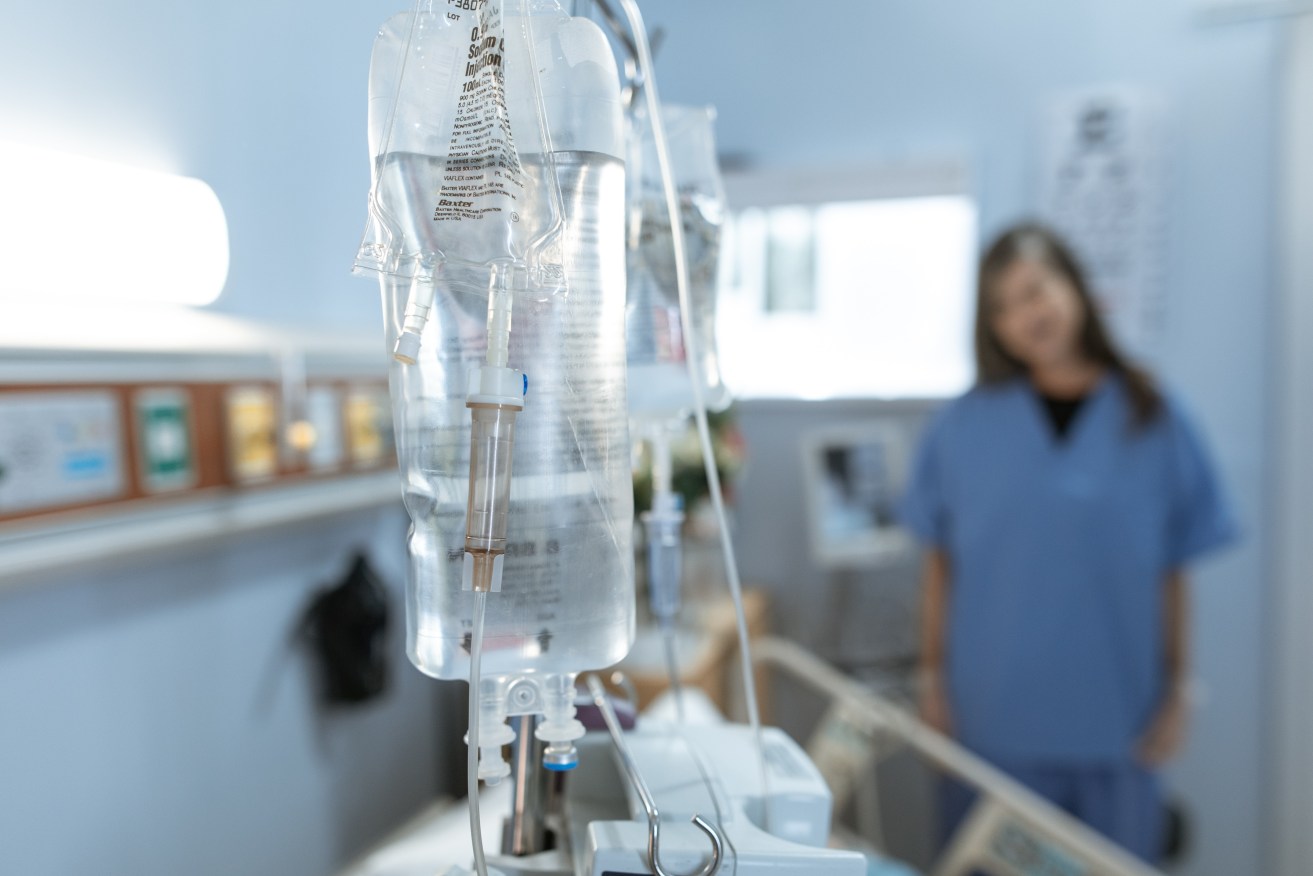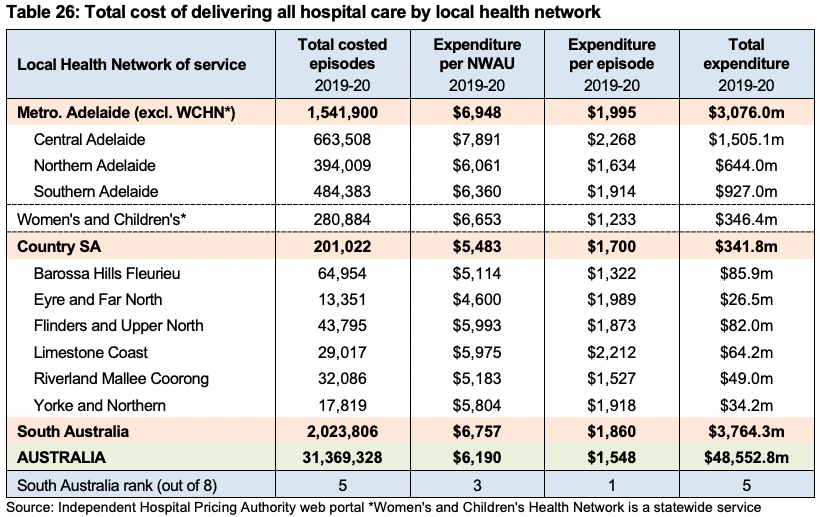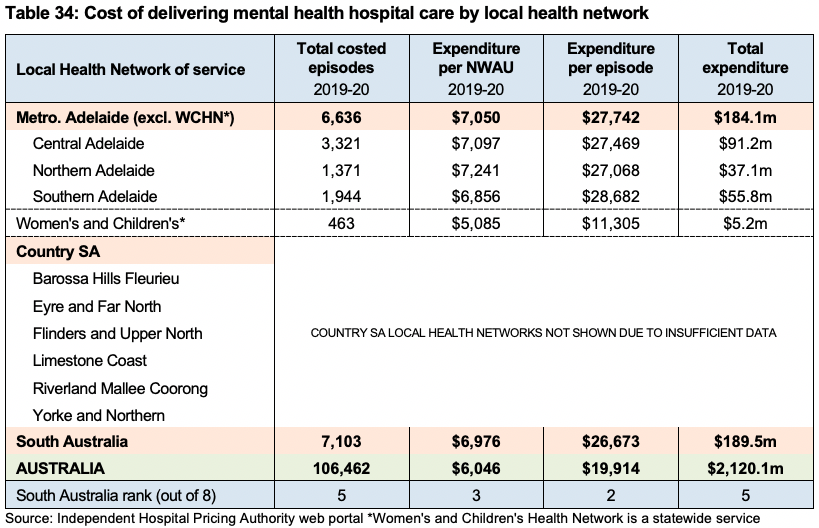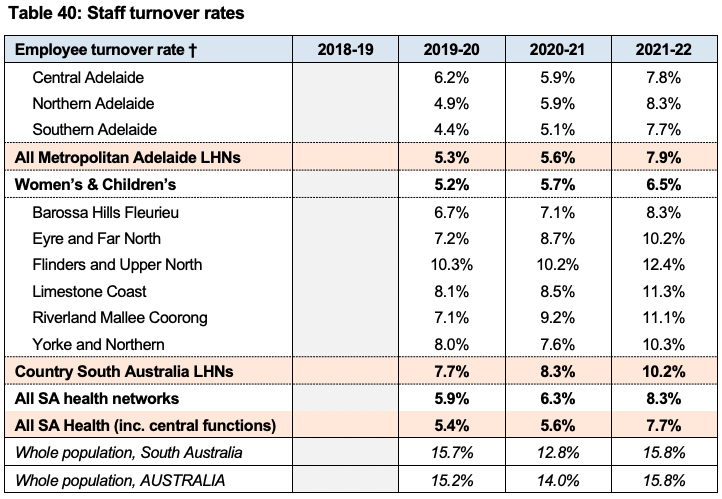SA’s high hospitals spend as staff quit at ‘concerning’ rates
UPDATED: The cost of treating patients at metropolitan Adelaide hospitals is almost 30 per cent higher than the national average, while staff turnover across SA Health has reached “concerning” levels, a report card on the state’s health system has revealed.

Photo: Pexels
South Australian Health Performance Council chair Professor Stephen Duckett said the findings of his council’s four-year analysis of SA Health data showed the state was “falling behind the rest of the nation” on several fronts.
“As an independent council, our commentary may at times be uncomfortable,” Duckett wrote in a 74-page report, tabled in parliament last week.
“But, I intend that it should always be of value in achieving our common goals of improving the health system and the health outcomes for all South Australians.”
The council found that it costs almost 10 per cent more to treat a patient in a South Australian public hospital compared to the national average.
It found that it is most expensive to treat patients at Central Adelaide Local Health Network (CALHN) hospitals, including the Royal Adelaide and Queen Elizabeth, where treatment costs are almost 30 per cent higher than the national average.
In 2019-20, CALHN racked up a $2268 bill for each episode of care – a significant jump from the statewide average of $1860 and national average of $1548.
“This region (CALHN) has more beds per capita and serves patients from other parts of the state that require specialist care only available in high volume centres,” the council’s report states.

Table: SA Health Performance Council
South Australia also spent the second highest amount in the country on mental health hospital treatment in 2019-20.
According to the report, South Australia spent $26,673 per episode of mental health care, compared to the national average of $19,914.

Table: SA Health Performance Council
“The South Australian public hospital system is relatively inefficient,” Duckett wrote.
“In the context of poor access, this is a missed opportunity: money is tied up in waste when people can’t get admitted.”
Part of the issue is longer wait times at emergency departments, with just 61 per cent of patients seen within nationally-recognised benchmark times in 2021-21 – below the national average of 71 per cent.
Once admitted, patients spend longer than they used to in overnight inpatient beds.
“After many years of stability, total overnight inpatient length of stay has increased in 2021-22 in ways likely to impact patients in emergency departments waiting to be admitted,” the report states.
Staff attrition on the rise
The council also reviewed SA Health’s workforce, finding that there had been an increase over the last three years in staff turnover, with “concerning’ rates recorded in 2021-22.
The attrition rate was particularly high across country health networks, rising from one in 13 staff leaving in 2019-20 to one in 10 quitting in 2022-22.
Metropolitan Adelaide health networks collectively saw staff turnover rise from one in 19 to one in 13 over the same period.

Table: SA Health Performance Council
“Staff attrition imposes an increased burden on the hospital networks and central agencies for the costs of recruitment and training of replacement staff,” the report states.
“As with expressed intention to leave employment, a high actual turnover rate can also be a strong indicator of poor staff satisfaction.
“Although this is concerning, it is possible that post-pandemic structural or societal changes might at least partly explain the recent rise in staff turnover.”
According to the report, SA Health was asked to hand over workforce satisfaction data but did not do so.
“We are concerned that in some cases available data was not released to us by some business units of SA Health,” Duckett stated.
“In line with the old adage, what is not measured is not managed, we hope that our next report might not reveal the same lacunae.”
In a statement, SA Health said South Australians receive “world-class healthcare” at hospitals.
A spokesperson said they thanked staff who deliver care to patients.
“Work is continuing to make sure patients are only staying in hospital for as long as they need to, and are working efficiently across the network,” they said.
“Central Adelaide Local Health Network carry out the majority of specialised procedures for patients, respond to our most complex cases and run a number of speciality care services on behalf of the state, such as the burns unit. Between 2019-20 and 2021-22, CALHN hospitals also became our state’s major COVID-19 response hubs.
“While SA Health are maintaining strong clinician numbers in metropolitan areas, we are aware that regional areas are generally experiencing higher turnover rates, which is also the experience in other states.”
The spokesperson said SA Health was supporting recruitment to regional areas through its regional workforce strategy and recruitment campaigns.




